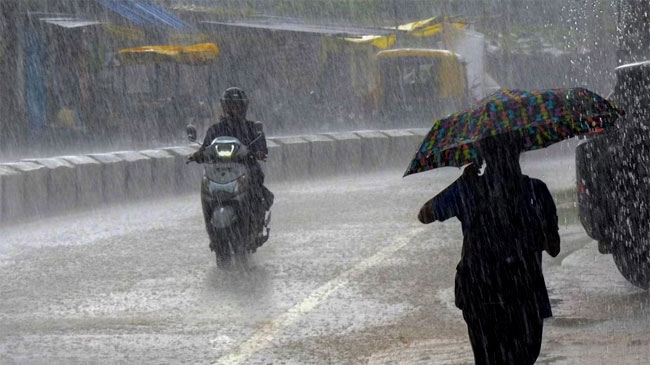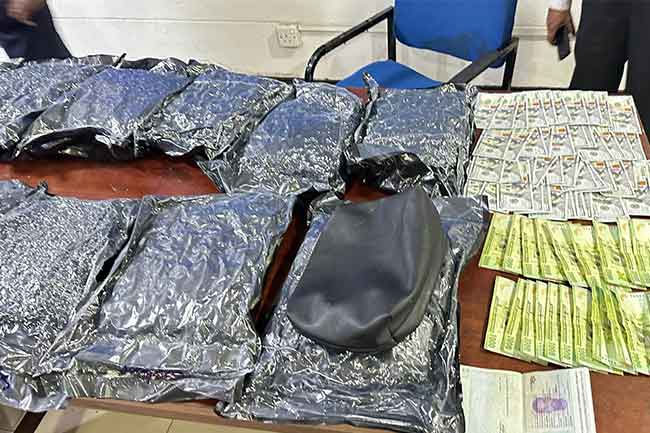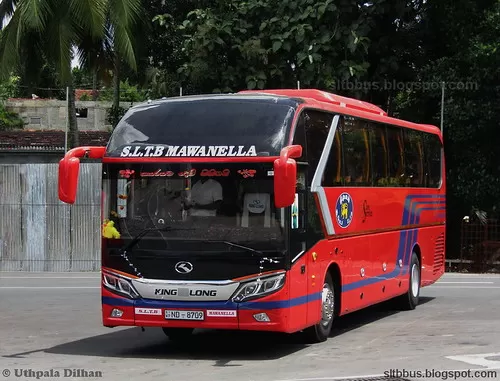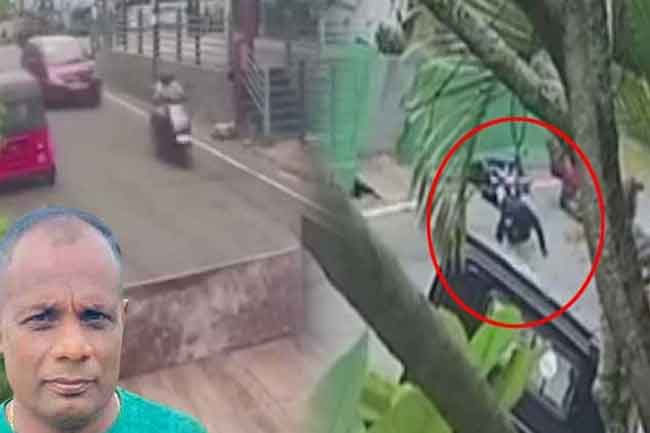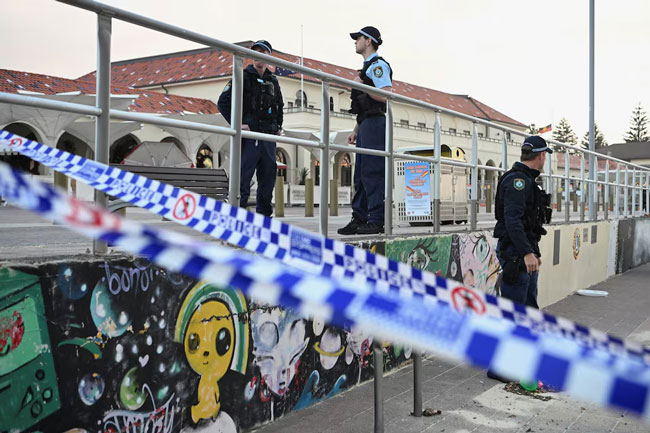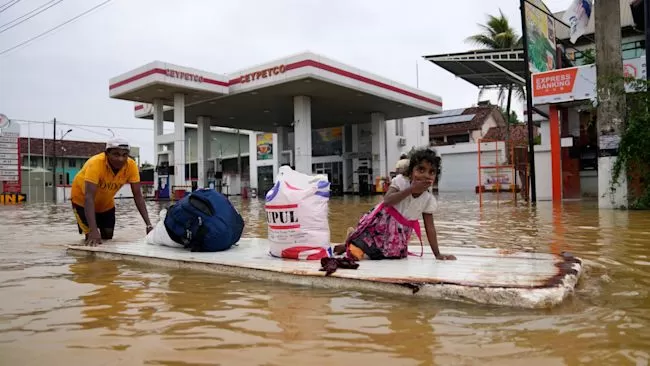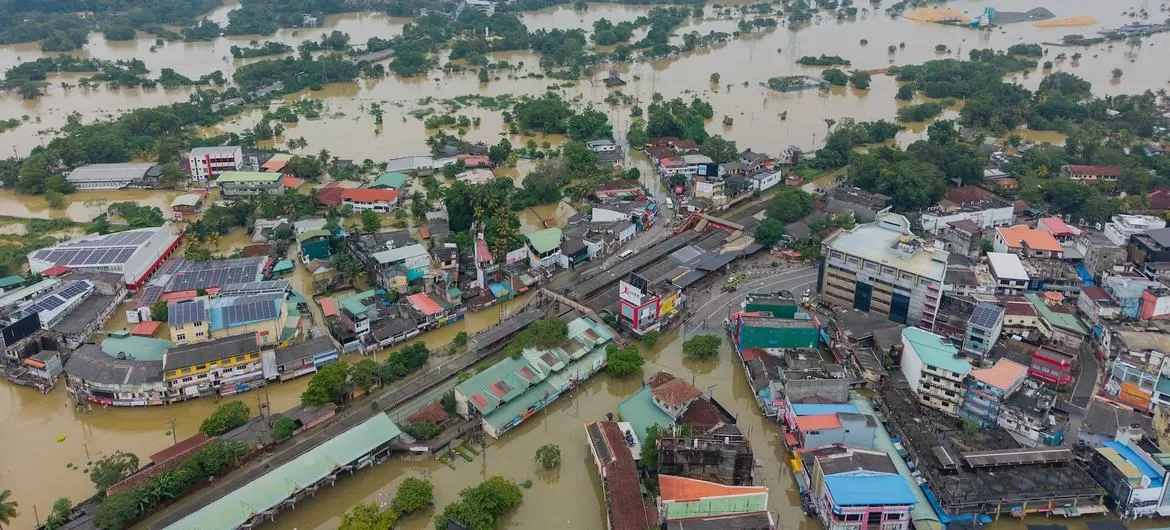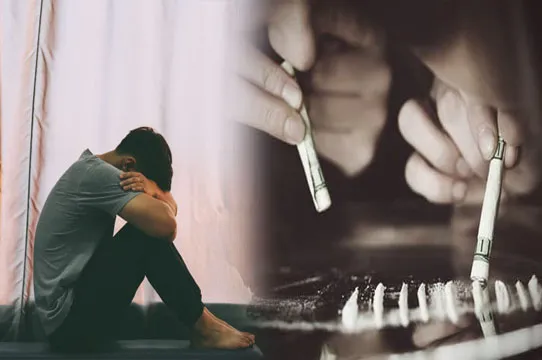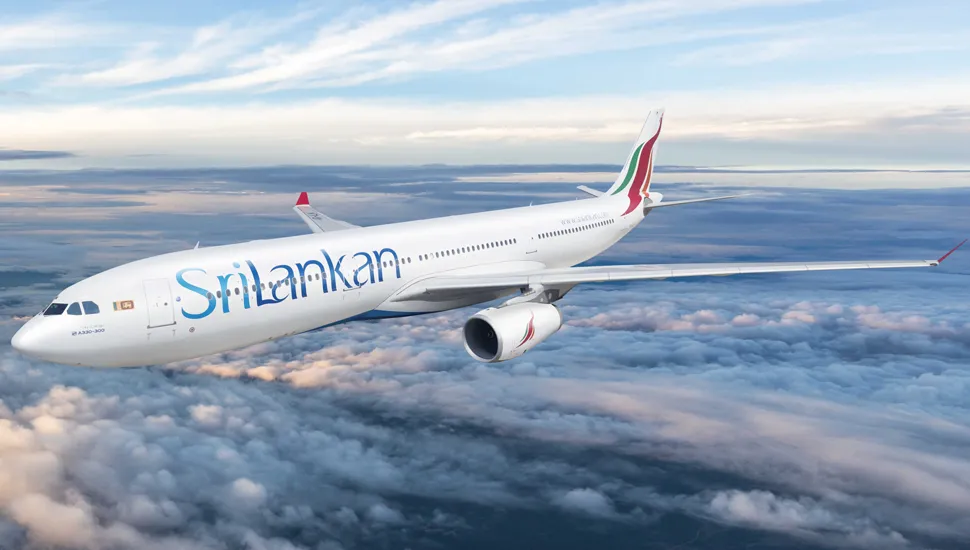A bystander has been called a hero after he was filmed tackling and disarming an armed man during a shooting that left 12 people dead at a Jewish holiday event at Bondi Beach in Sydney on Sunday, December 14. The video shared on social media shows a man in a white shirt running from a car park to confront another man in a dark shirt, who was armed with a rifle. The bystander tackled the armed man from behind and managed to take the rifle away from him, even aiming it back at the attacker. The footage reveals that the man in the dark shirt lost his balance and retreated toward a bridge where another shooter was located, while the bystander placed the gun on the ground. Reuters has confirmed the authenticity of the video with additional footage showing the same individuals. They also verified that the armed men matched the descriptions of those surrounded by police in other confirmed images. One suspected shooter was killed, and another is in critical condition. Police are also looking into the possibility of a third shooter being involved. The bystander’s brave actions quickly gained attention online, with many praising him for potentially saving numerous lives. His name has not been revealed yet. One user on the X platform remarked, “Australian hero (random civilian) wrestles gun off attacker and disarms him. Some people are brave and then some people are ... whatever this is.” Another said, “This Australian man saved countless lives by taking the gun from one of the terrorists at Bondi Beach. HERO.”
